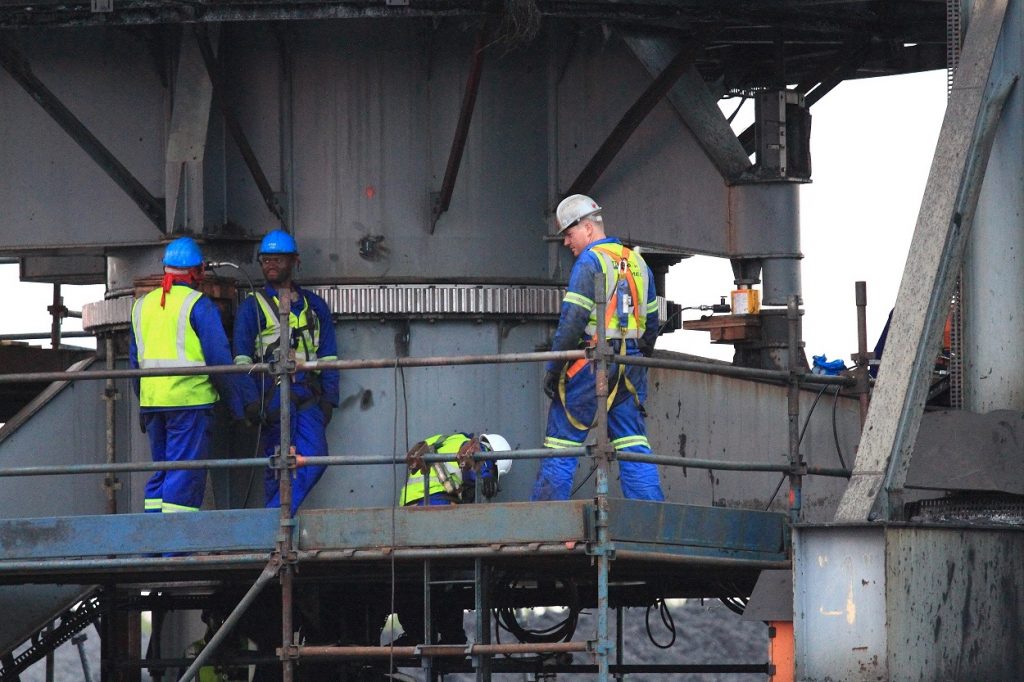While reducing costs during the economic downturn has been a harsh reality for most of the mining sector, companies need to be careful not to slash plant maintenance budgets to the detriment of their operation’s long term health. “Pursuing short term savings can be foolhardy if it undermines the ability of plant to generate value for the business,” says Wilhelm van Wyk, FLSmidth’s Manager Operation and Maintenance for Southern Africa.
Appointing an external OEM contractor can be the most cost effective option, where the mine’s commitment to quality maintenance is held in place by a contractual relationship with service agreement levels to manage these activities. “This means that performance targets, which have been preset between the mine and the contractor, must be met on an ongoing basis,” says Van Wyk. “This creates a relationship which is actually far more beneficial to the mine; the contractor has to meet certain parameters on a monthly basis, so it is not that easy for individuals on a plant to cut corners in the maintaining of equipment.”
“The OEM contractor’s engagement usually starts with an in-depth assessment or ‘plant health audit’ to assess the equipment in the plant, including inventory and spares,” he says. “Often it is found that repairs or ancillary equipment – sometimes added after plant commissioning – is not suitable for the application, leading to inefficiencies in the plant’s functioning.” This assessment – focusing on the critical path equipment – leads to a plant upgrade programme which is jointly developed and is aligned to take the mine’s shutdown programme into account.
Van Wyk acknowledges that savings can potentially be made where in-house maintenance systems grow over time into unmanageable, inappropriate or even unnecessary procedures – due to items and tasks being continuously added. This, he says, is why the review of the maintenance system forms part of the assessment.
“An important advantage of dealing with a specialist OEM is that the intervention feeds the correct maintenance strategies into the plant’s management system, to ensure that the data is recorded and tracked for future reference,” he says. “It may also be necessary to upgrade or refurbish equipment so it can be returned to OEM standards – as there is no point in maintaining equipment that is not fit for purpose.”
He highlights that maintenance contracts are structured with the requirements of each customer in mind; while some choose a fixed monthly cost, others opt for a rate-per-tonne contract. This closer relationship can also improve purchasing decisions; when centralised buying departments focus on cost alone, inexperienced buying personnel can often procure parts that are sub-standard or not fit for purpose. The result is higher levels of wear and more frequent replacement, adding to a plant’s operating costs.
Technical training is vital to underpin good maintenance programmes; OEMs like FLSmidth have specific courses to ensure that their teams – including qualified artisans – gain product experience to achieve optimal outcomes in maintenance programmes.











